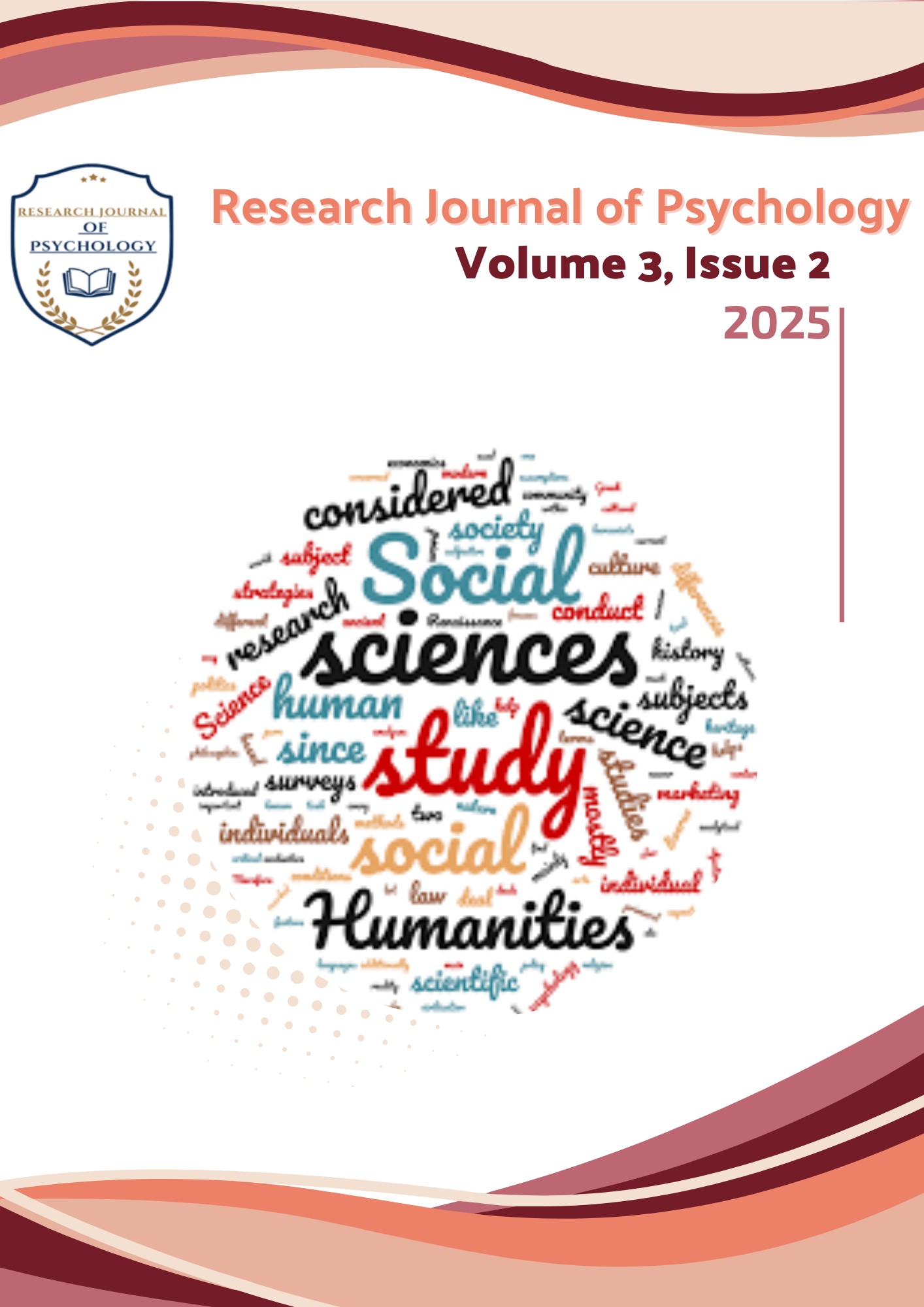Problematic Smartphone Usage and Quality of Life among Adults
DOI:
https://doi.org/10.59075/rjs.v3i2.122Keywords:
Smartphone, Quality of life, AddictionAbstract
Objective: The objective of the study is assessing the addiction or use of smartphone. It is a major problem for students and others that effect daily life activities. The research assesses to check the influence of the smartphone addiction and daily life effect in general population in the last decade the use of smartphone is higher than other activates of the student, the uses of smartphone regarding the educational perspective, religious perspective and other activates like social media, games and use of different communication apps.
Subjects and Methods: The data collection based on the online sample survey (Google Form) from the students and general public in Punjab province, Pakistan. We used previously developed and validated questionnaires to elicit information on the extent and pattern of smartphone use and perceived quality of life.
Results: About 74% of participants were student and 30% were general population; there were 56% females while 44% males of respondents. The mean perceived smartphone addiction scale (SAS) and quality of life (QOL) scores in each of the four domains by demographic characteristics. The mean QOL scores for physical health and psychological health were significantly lower -0.1438 among the youngest age group (18-24 years), singles -.0587 and students -.0251. The mean quality of life (QOL) score for social relations was significantly lower -.114 among men but there were no significant differences by age, education. The mean QOL score for environment did not vary significantly by age, gender, marital status, education, or employment status.
Conclusions: Although the test comprised generally young university students, it too included older adults who were either employed or housewives. We found that problematic smartphone use was strongly related with poor perceived quality of life within the Punjab territory of Pakistan. Problematic smartphones use for the most part impacts physical and psychological health, although it is additionally related with social relationships. This affiliation continues after controlling for the impacts of gender, age, employment status, and marital status.
Downloads
Published
How to Cite
Issue
Section
License
Copyright (c) 2025 Research Journal of Psychology

This work is licensed under a Creative Commons Attribution 4.0 International License.







